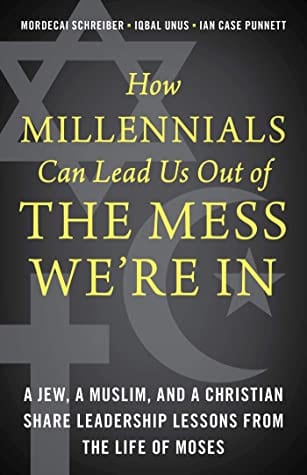I’m working through Sarah Coakley’s God, Sexuality, and the Self text right now, and came across her distinction between a “linear” and an “incorporative” model of the Trinity. In the “incorporative” or “reflexive” approach, the Spirit is not seen as a distant third member of the Trinity who come into the picture later, so to speak. She patterns this model after the Pauline Romans 8 passage, in which the Spirit comes to the fore. This is a major piece of her argument in putting forth an experiential, ascetic, praxis-oriented understanding of the Trinity which does not succumb easily to “conserving” impulses in institutional religion (controlling religious practice and belief via the over-arching influence of Logos, or reason/rationality/Word). But this approach to the Trinity is also a way, for Coakley, to counter liberal critiques of the doctrine’s inner coherence, such as the influential one from Maurice Wiles. Here’s an important section:
The model of the Trinity which Wiles completely misses in his analysis might be termed ‘incorporate’, or ‘reflexive,’ for in it the Holy Spirit is perceived as the primary means of incorporation into the trinitarian life of God, and as
constantly and ‘reflexively’ at work in believers in the circle of the response to the Father’s call. This is to be contrasted with what might be called the ‘linear’ revelatory model, in which primary focus is given to the Father-Son relationship, and the Holy Spirit becomes the secondary purveyor of that relationship to the church…In the incorporative model, in contrast, the Holy Spirit is construed not simply as extending the revelation of Christ, nor merely as enabling Christ’s recognition, but as actually catching up the created realm into the life of God (making it ‘conformed to the likeness of his Son,’ to use Paul’s memorable phrase in Romans 8.29). (112)











